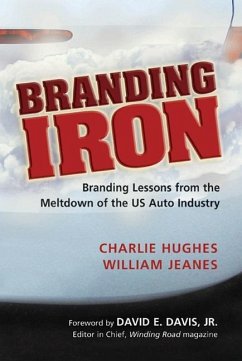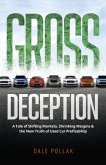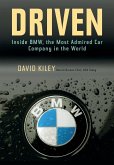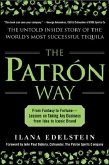Toyota will soon displace General Motors as the world's largest automaker. Since 2000, GM's market cap fell from $66 billion to $15 billion. In 1980 GM sold 45 of every 100 cars that rolled out of showrooms in the U.S. It now sells 26. By any yardstick, that is a crisis. The root cause of this financial cataclysm mystifies many of the players in the industry. But the numbers tell a clear story. The headlines offer a simplistic interpretation. Or, worse, incomplete and myopic"the same kind of myopia that created the problem in the first place. Like many a crisis, this one has been brewing for decades. And the cost-cutting quick fixes proposed by many industry experts won't solve it. Why not? Because it's not the root cause. What is killing US automakers is their inability to attract growing numbers of customers to its numerous brands, many of which seem almost irrelevant today. In a few words: bad brand management. What makes a world-class brand? The authors describe great brands as a promise wrapped in an experience. The best brands make a strong, clear commitment to stand for something, to do it better than anyone else, and orchestrate the entire ownership experience. This requires a level of courage beyond most executives. With wit and humor, Branding Iron uses lessons from the car business to guide readers in every business on a quest to build a world-beating brand that leaves a real mark, one made the old-fashioned way"burned in with a red hot iron. The authors do the tough analysis and ask tough questions that most Boards of Directors should be asking, and they give even tougher answers.








